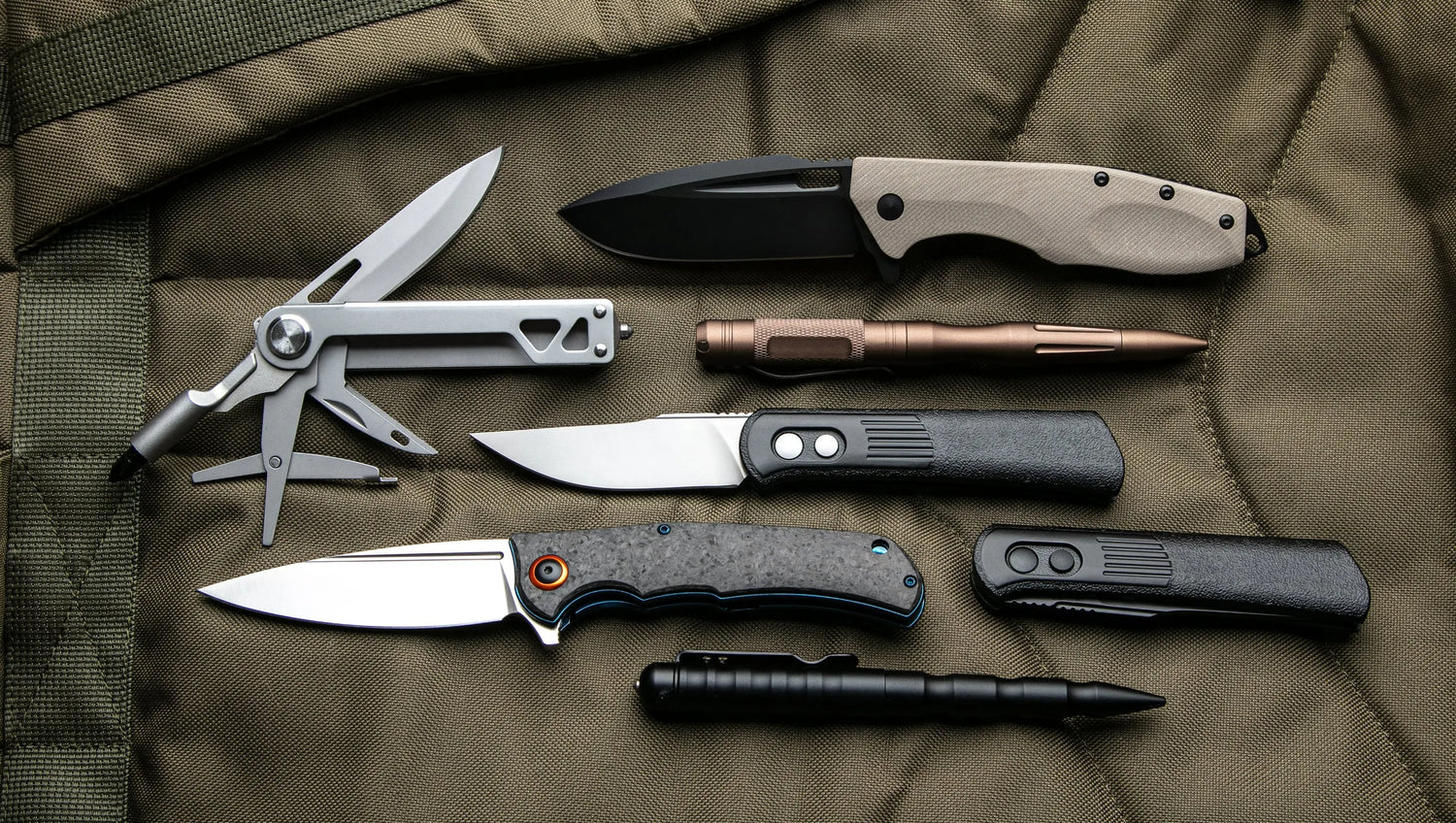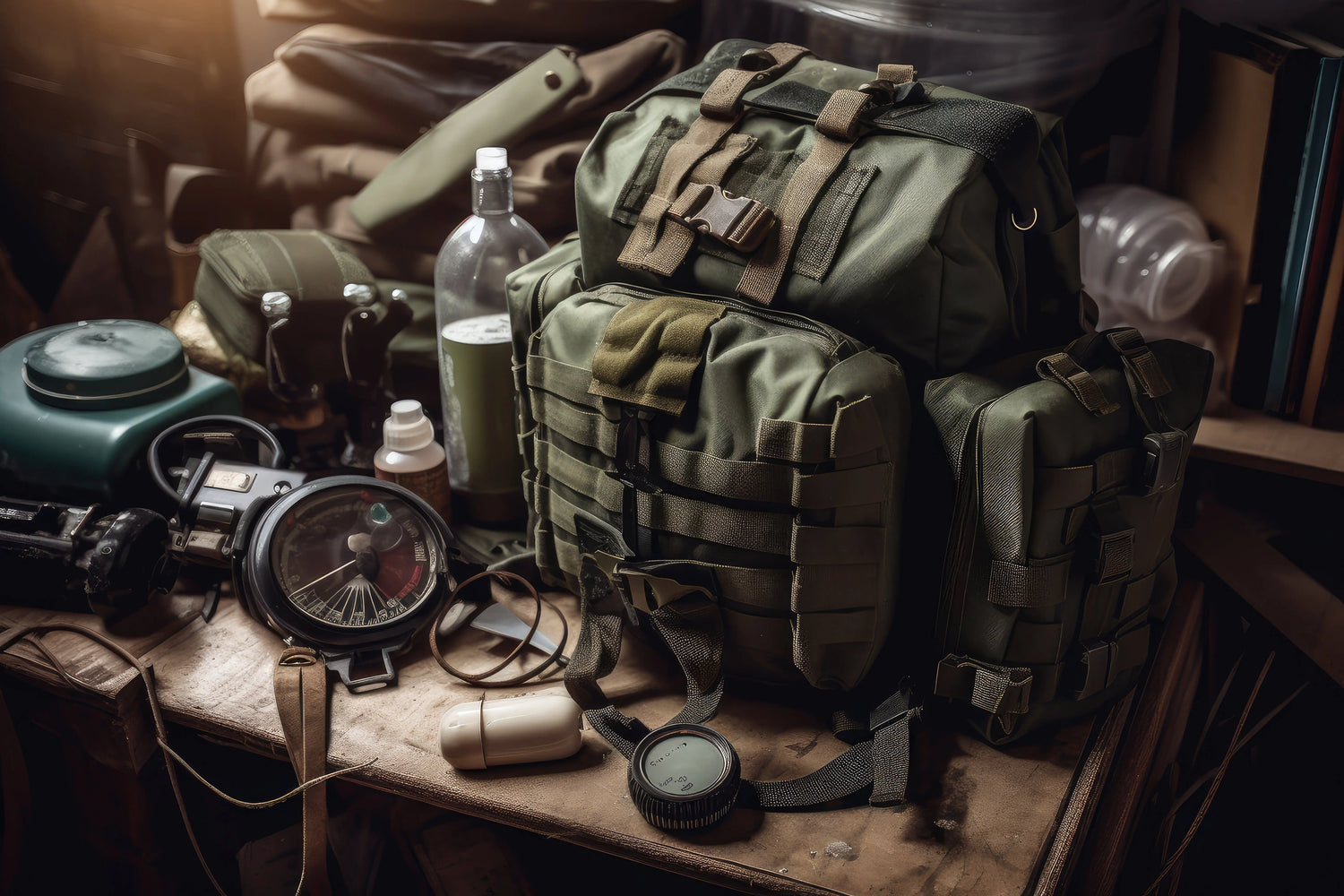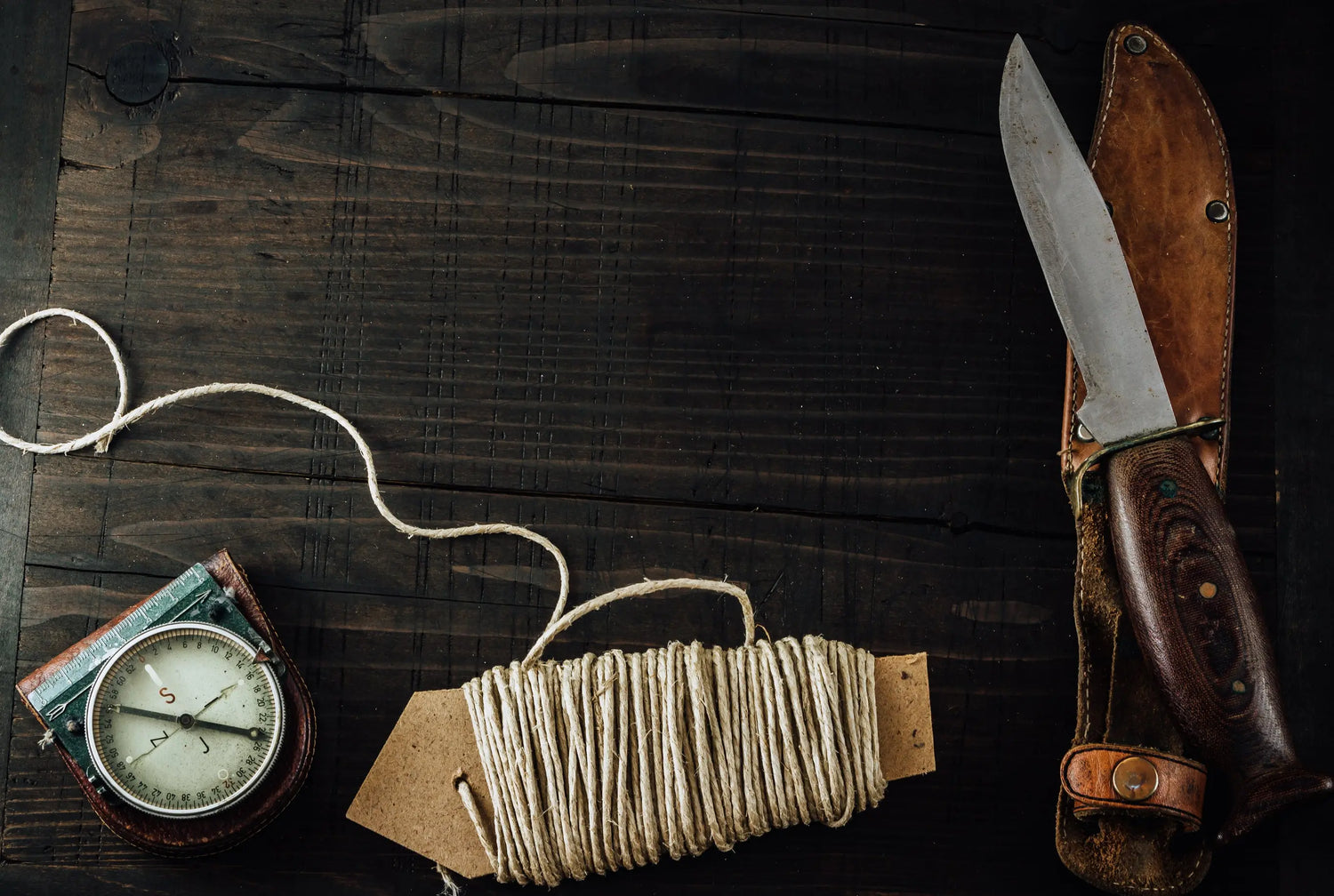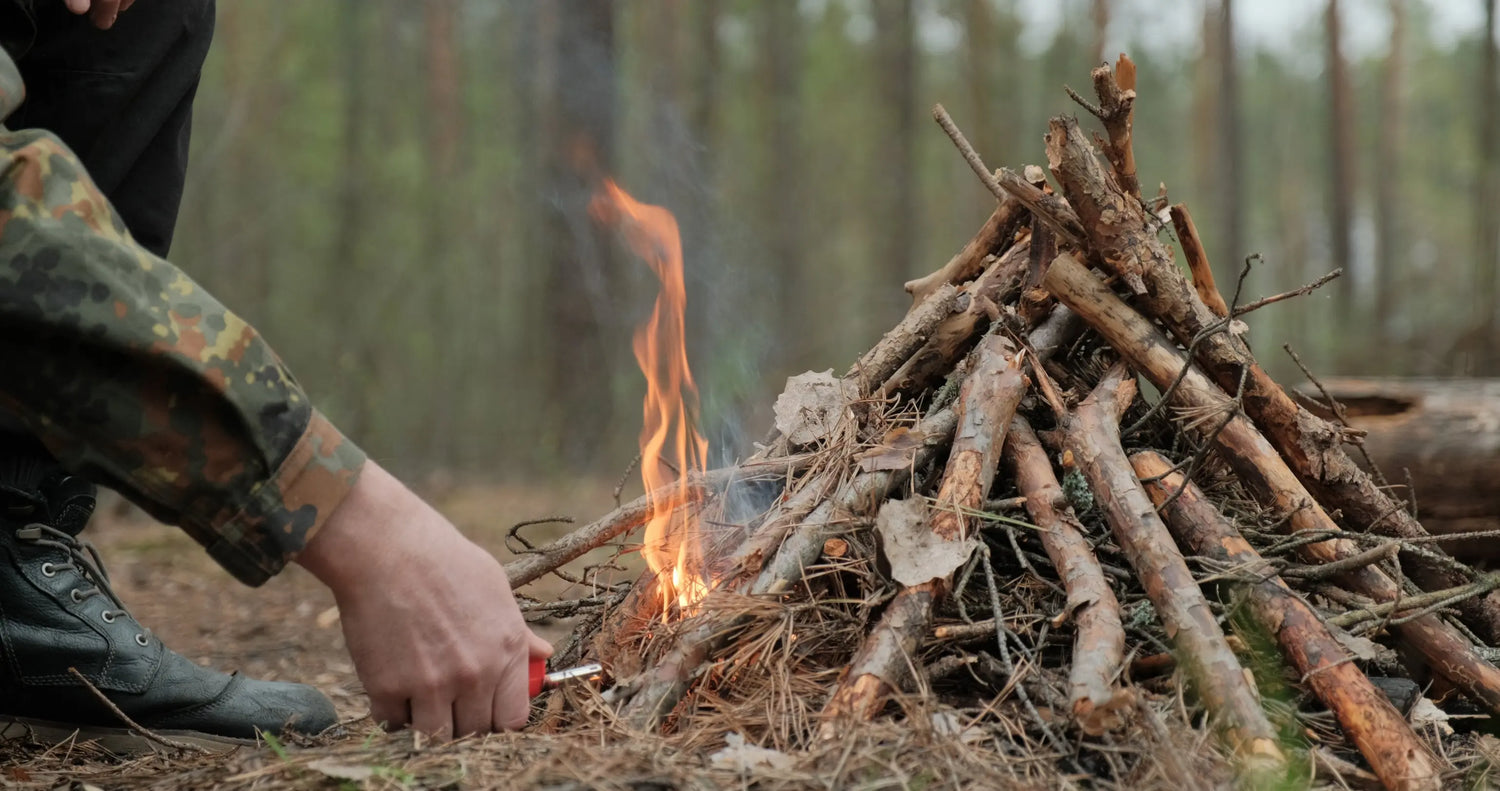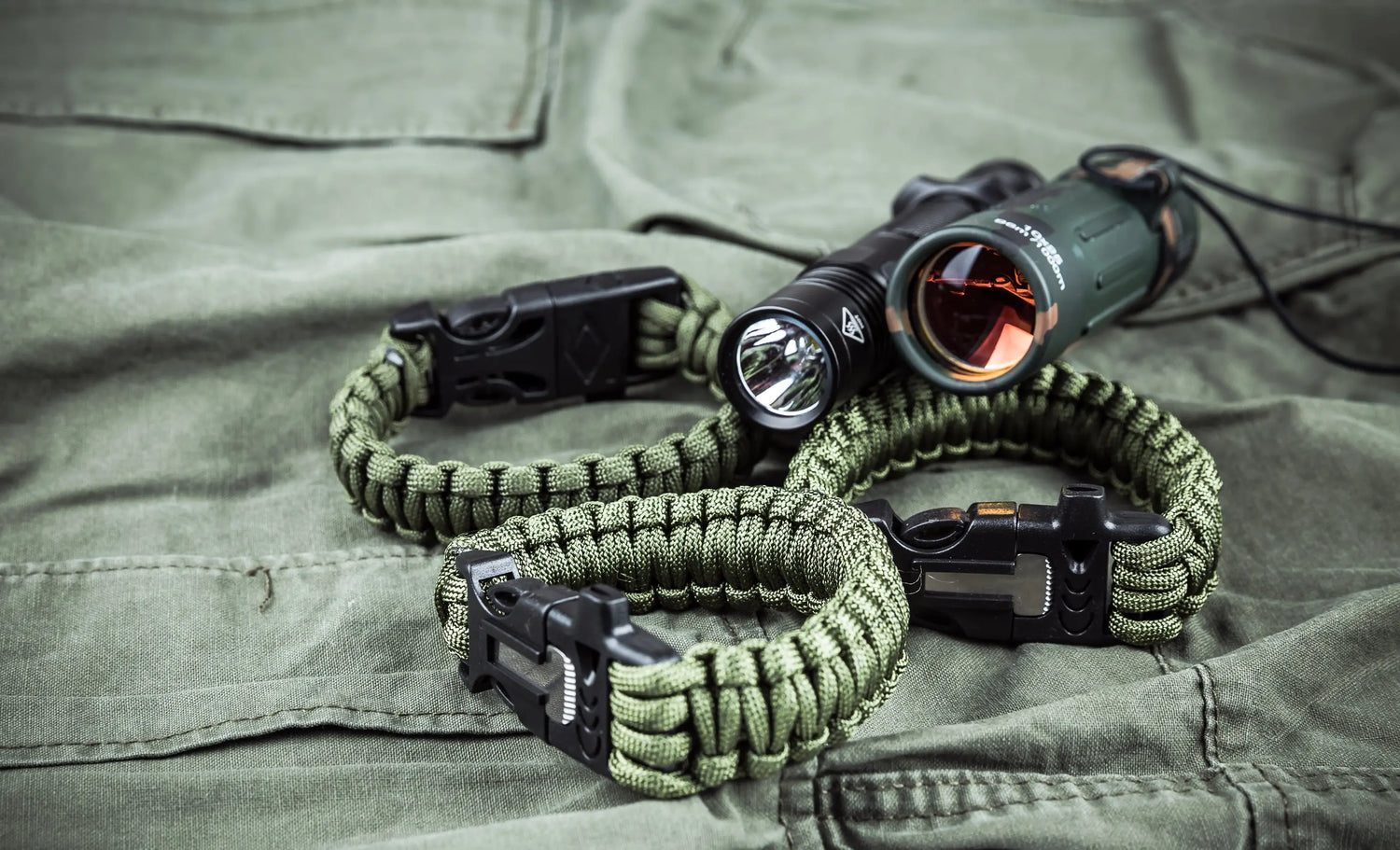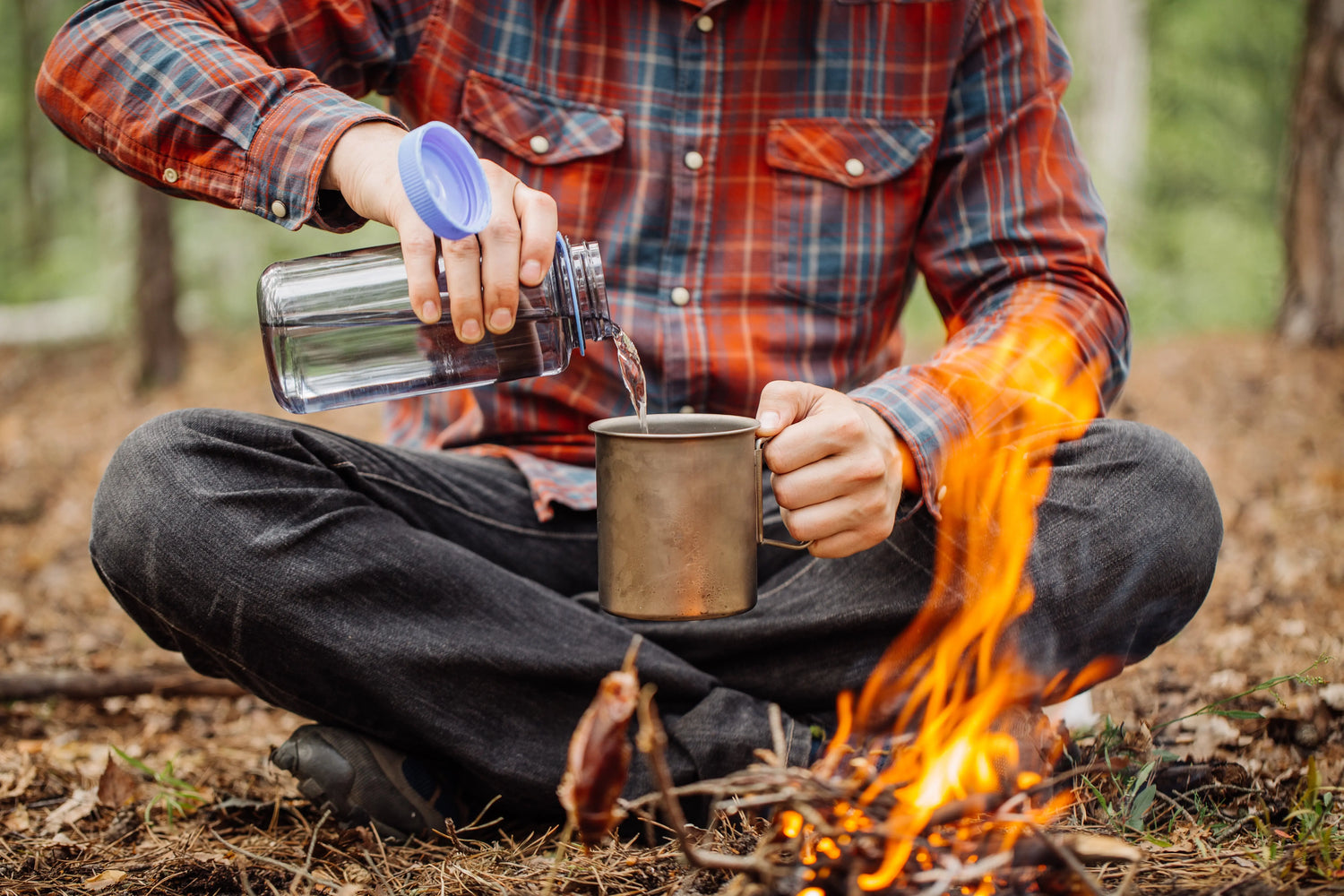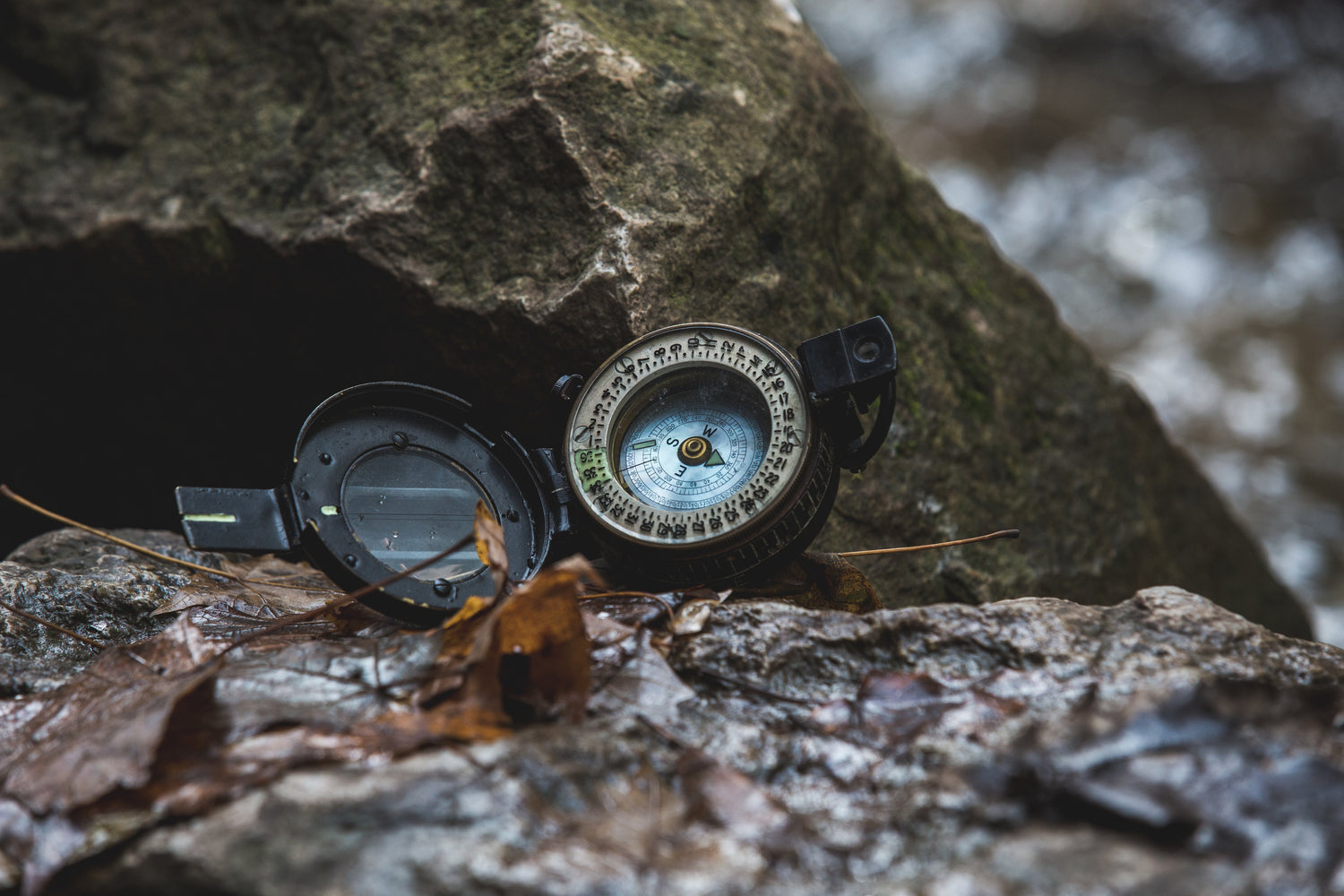
Qualité
☆
Durabilité
☆
Expértise
☆
Qualité
☆
Durabilité
☆
Expértise
☆
Qualité
☆
Durabilité
☆
Expértise
☆
Qualité
☆
Durabilité
☆
Expértise
☆
Vu récemment
Example product title
Example product title
Example product title
Example product title
Look en Vedette
Un ensemble qui pourrait vous plaire.
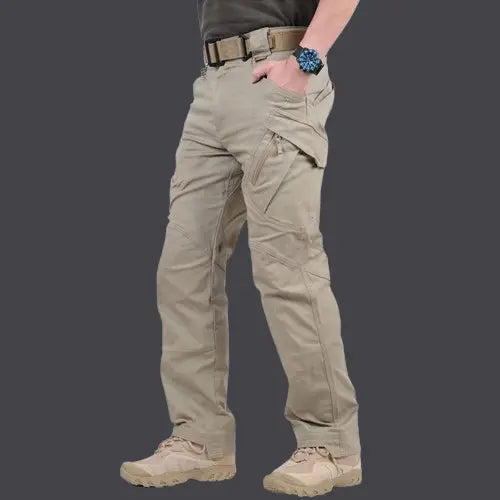
Pantalon Cargo Tactique Multi-Poches Survie Militaire & Confort Maximal
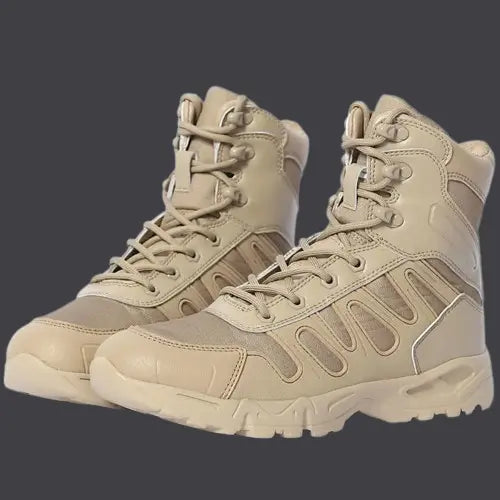
Chaussure militaire - Sable.
Les nouveautés
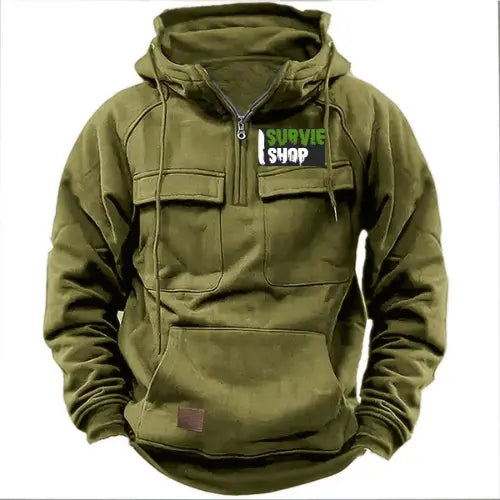
Veste Militaire Capuche Multi-Poches Ample Rétro - 5 Couleurs - Confort et Style

Veste militaire homme US army
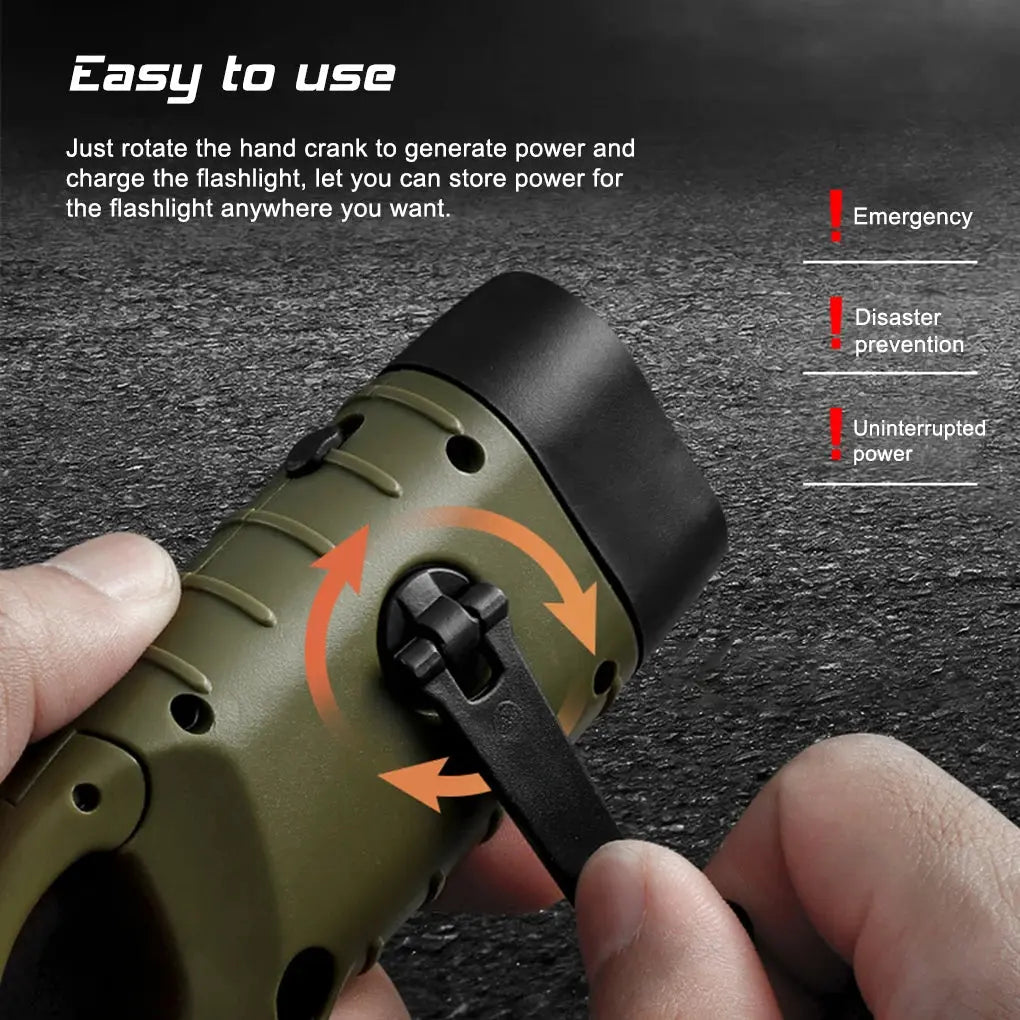
Lampe de Survie - Dynamo & Solaire
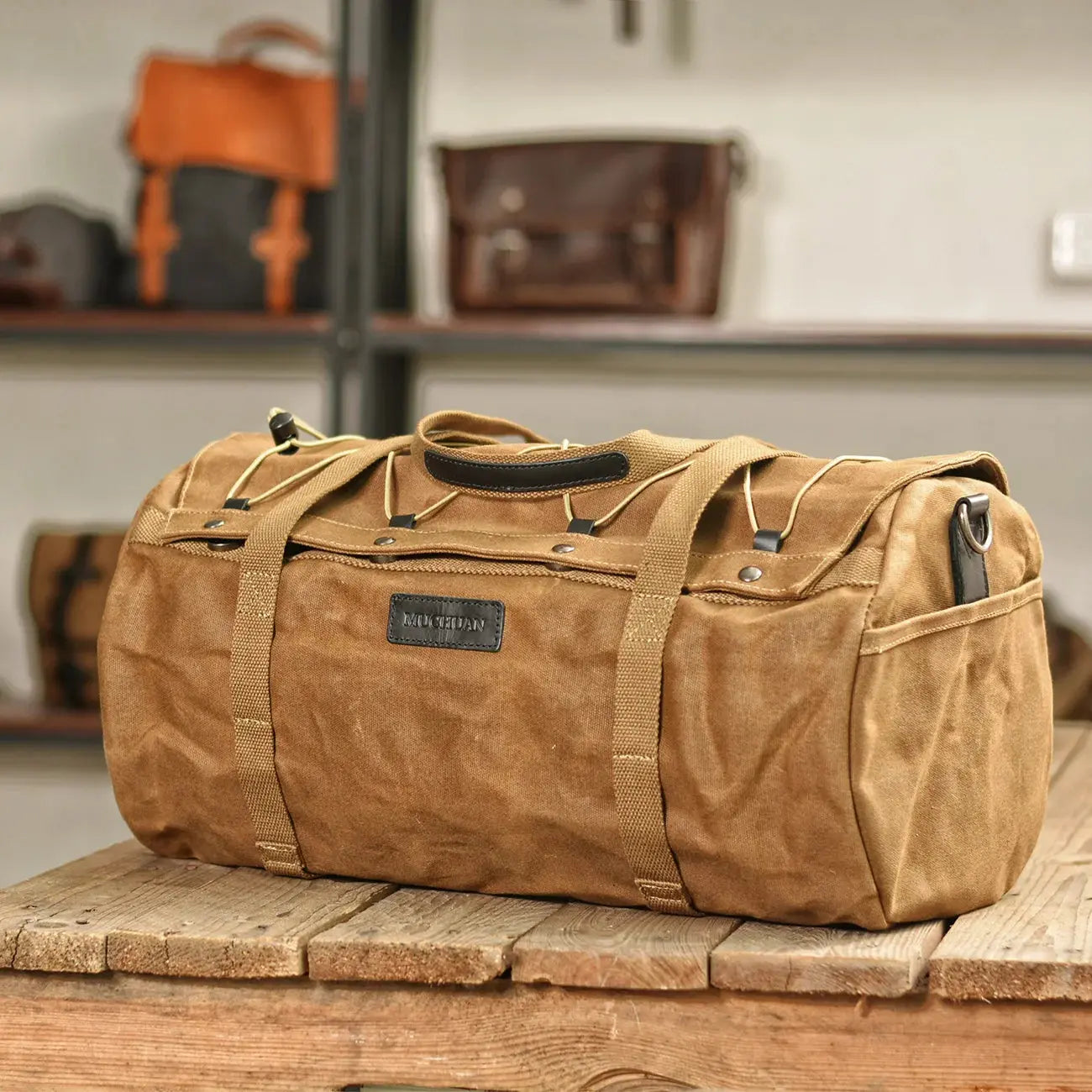
Sac de Voyage Homme Vintage Moto en Toile Canvas, Fermeture Éclair - Style Authentique

CHARGEUR SOLAIRE PORTABLE: Rechargez Vos Appareils Partout Avec l'Énergie du Soleil

Besace Homme Toile et Cuir Vintage Imperméable edc Bushcraft et Survie

Sac Bandoulière Homme Style Buschcraft et Vintage en Toile Imperméable
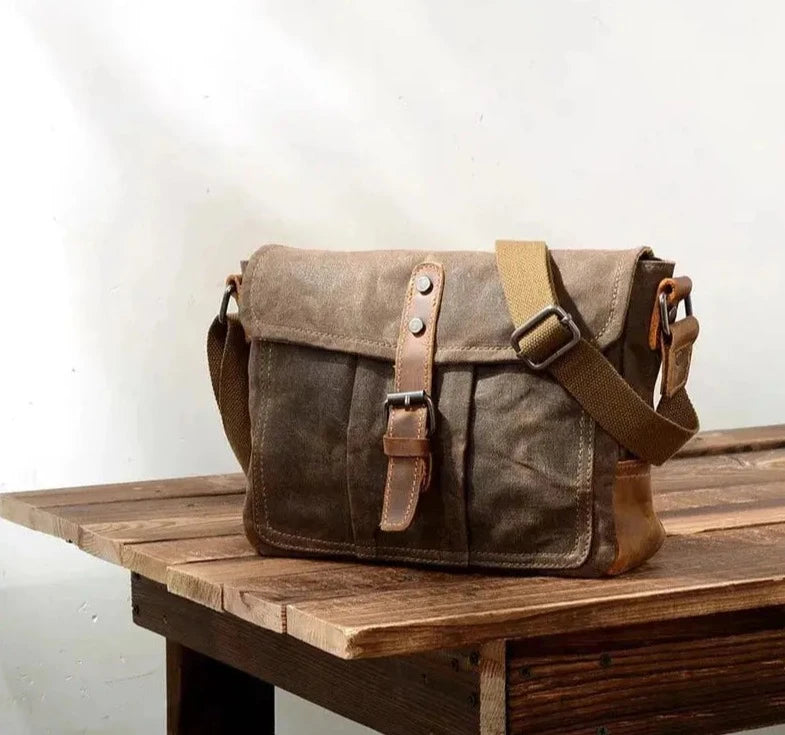
Sac Bandoulière Homme Vintage en Toile et Cuir Multifonctions Imperméable

Sac à Dos en Toile Cirée pour Hommes - Compartiment pour Ordinateur Portable 30L
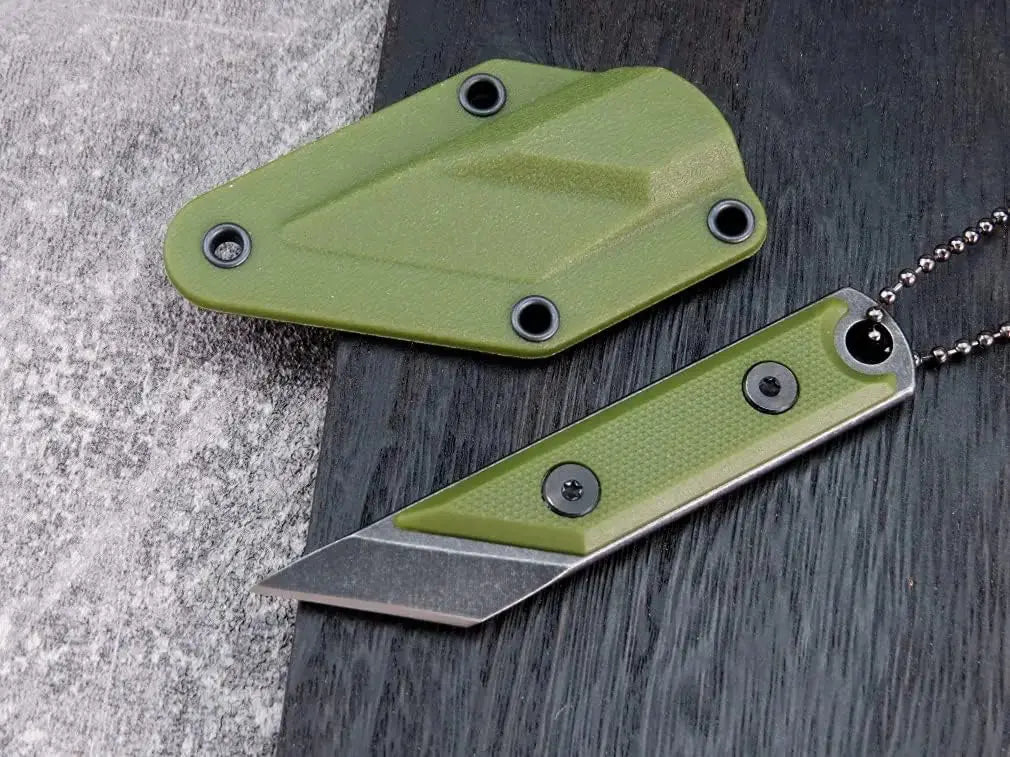
Eafengrow C1146 Couteau collier tour de Cou Fixe Survie et trekking
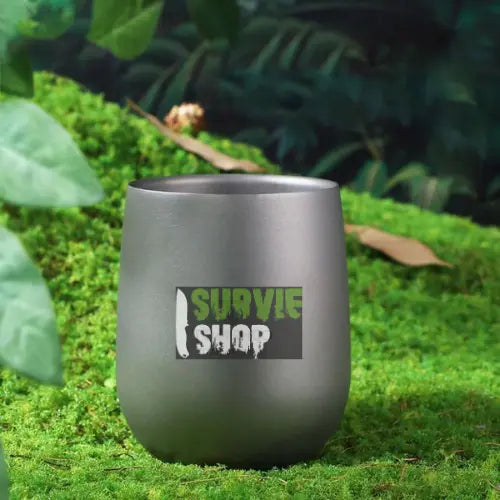
Gobelet en Titane à Double Paroi

Sac à Dos Bushcraft OneTigris WILD ROCKET 45L En Nylon Cordura
Les meilleurs Ventes
Sac de Voyage Homme Vintage
Ce sac de voyage est conçu pour les hommes modernes en quête d'un compagnon fiable lors de leurs déplacements.
This is the on demand info shown when the Hotspot is clicked.
This is the on demand info shown when the Hotspot is clicked.
Un système révolutionnaire en deux parties conçu pour tous vos besoins de premiers secours médicaux.
Cette pochette est parfaite pour les sports de plein air tels que la randonnée et la chasse. Grâce à sa conception polyvalente, il peut également être utilisé comme support de rouleau médical, ce qui en fait un incontournable pour tout kit de survie.
Fièrement fabriqué par Wosport, une marque de confiance dans l'industrie
Ce produit répond à vos normes élevées. Ne vous contentez pas de moins, choisissez TACTIFANS et découvrez le nec plus ultra en matière d'équipement tactique.
Cette Pochette est livrée vide !!
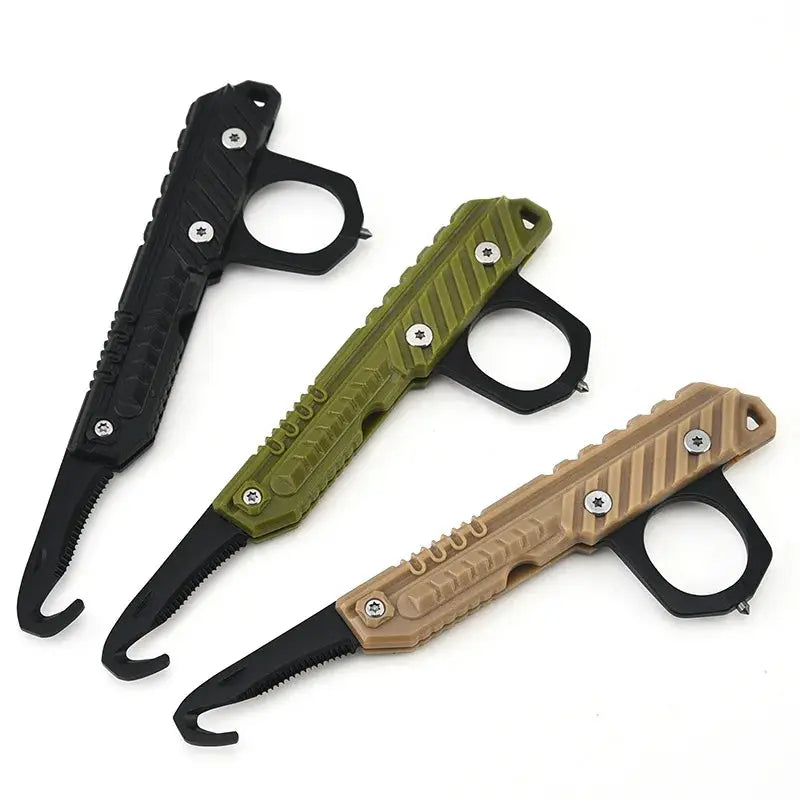
Marteau Brise-Vitre Coupe Ceinture
L'outil indispensable pour la Survie. il pourra vous sortir des situations difficiles en voiture ou dans les transports. Découpez votre ceinture de sécurité et brisez la vitre en Urgence.
CENTRALE ÉLECTRIQUE PORTABLE SOLAIRE
Cette station de stockage électrique vous donnera l'autonomie énergétique partout dans le monde.
Un système révolutionnaire en deux parties conçu pour tous vos besoins de premiers secours médicaux.
Cette pochette est parfaite pour les sports de plein air tels que la randonnée et la chasse. Grâce à sa conception polyvalente, il peut également être utilisé comme support de rouleau médical, ce qui en fait un incontournable pour tout kit de survie.
Fièrement fabriqué par Wosport, une marque de confiance dans l'industrie
Ce produit répond à vos normes élevées. Ne vous contentez pas de moins, choisissez TACTIFANS et découvrez le nec plus ultra en matière d'équipement tactique.
Cette Pochette est livrée vide !!
Le coin du Surplus
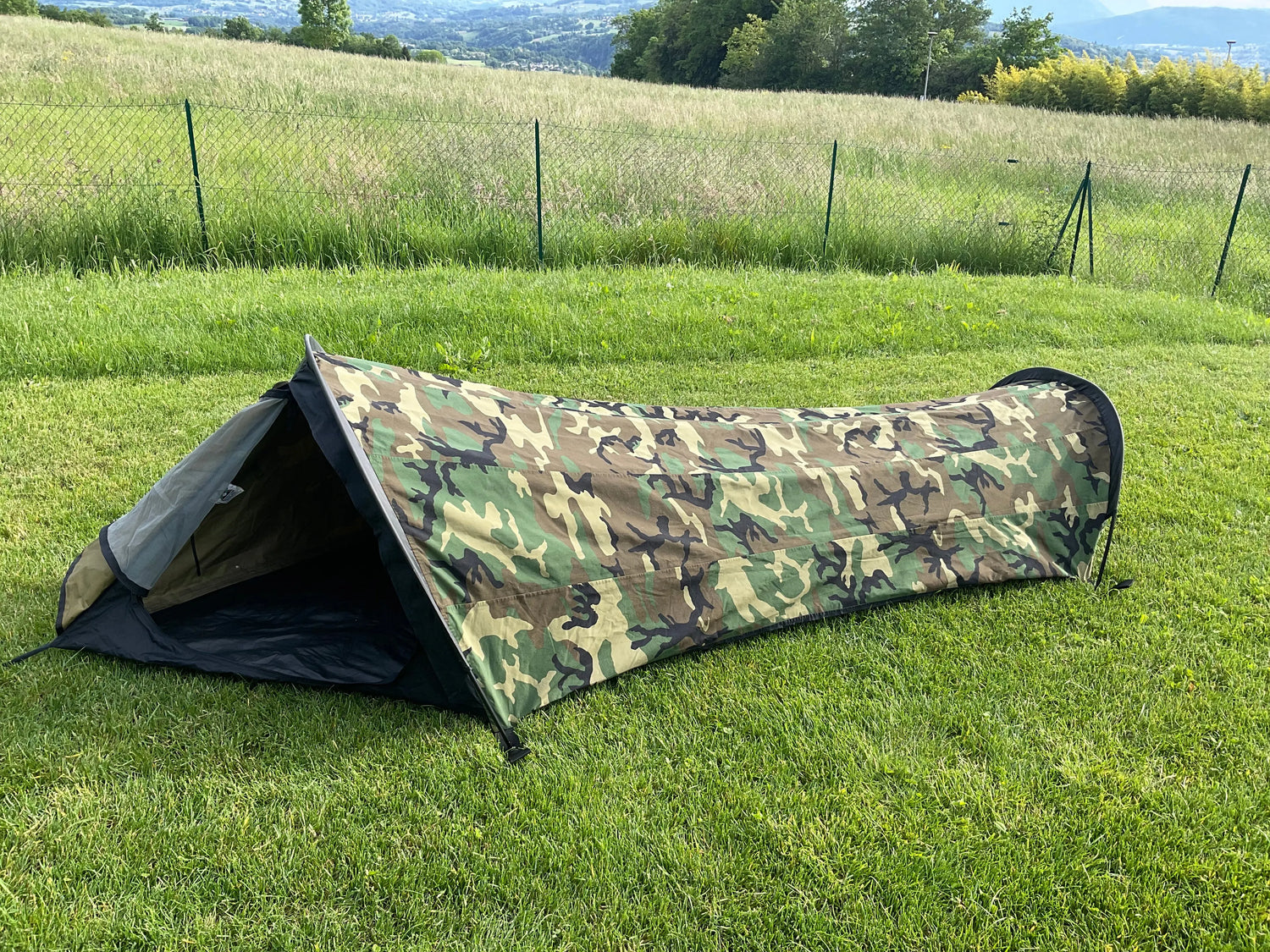
Sac de Bivouac Couloir Goretex Survie & trek
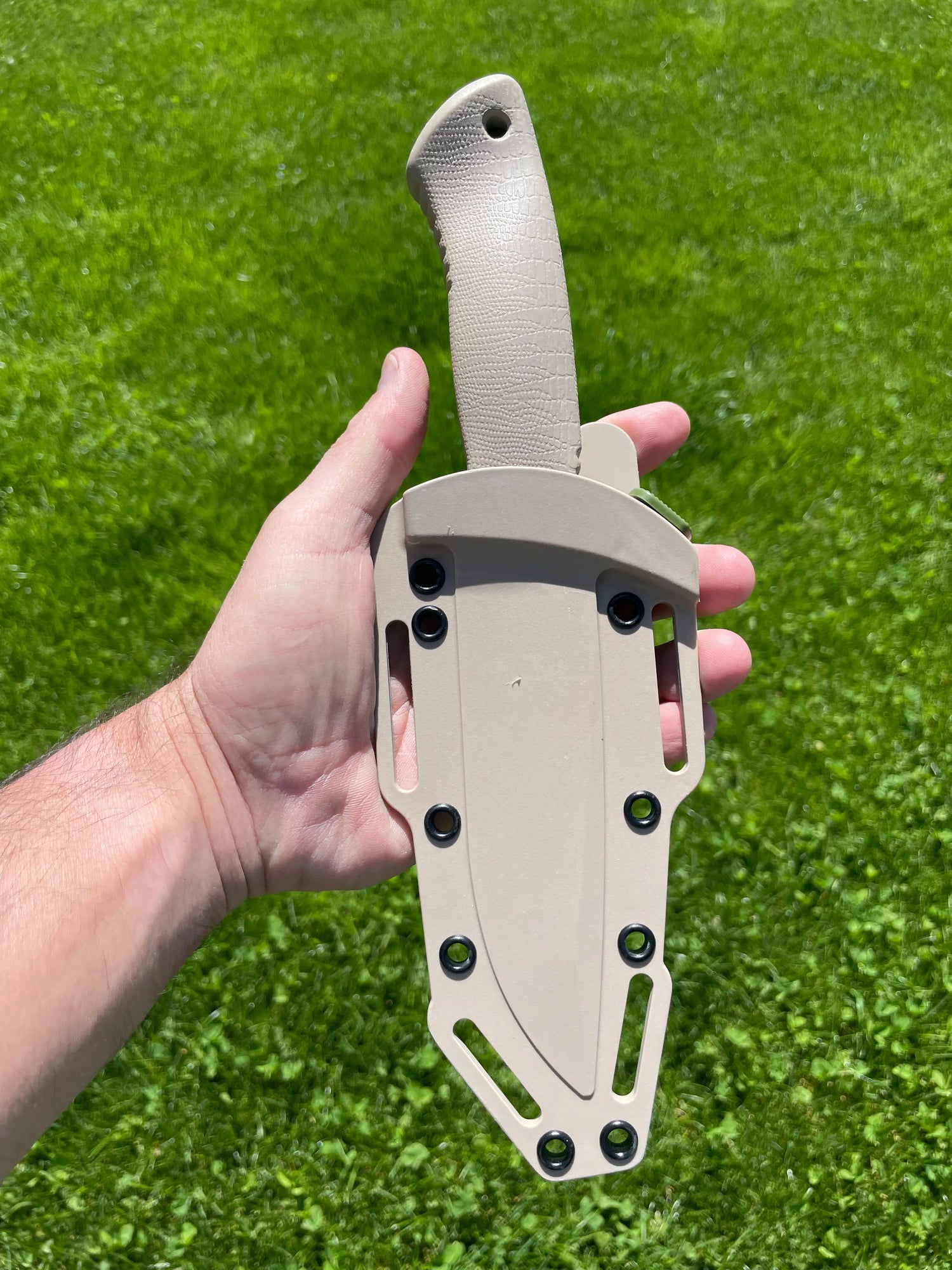
Couteau de Chasse Gerber Occasion
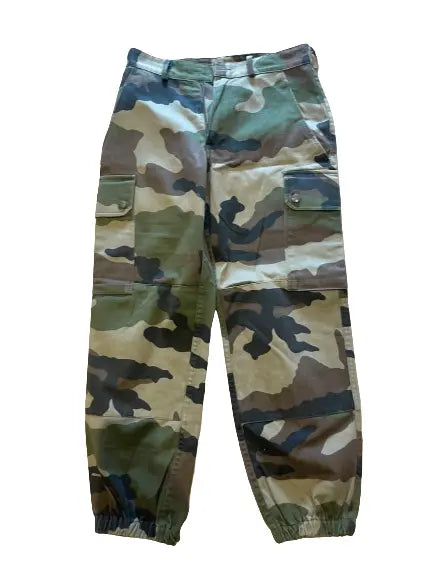
Pantalon Militaire T2
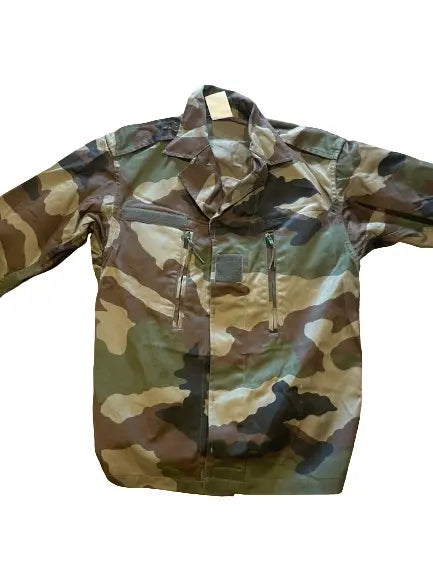
Veste Militaire T2

Veste Militaire Polaire Tactique
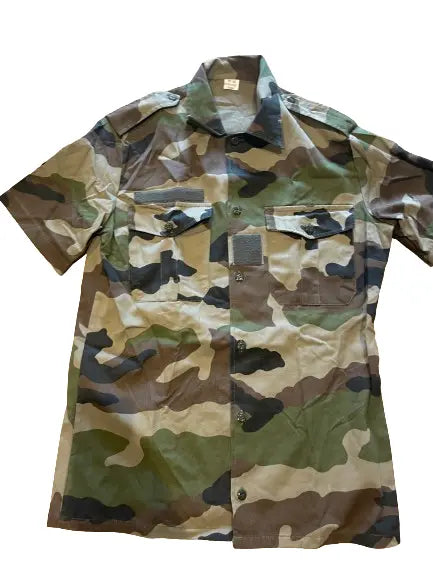
Chemise Militaire été
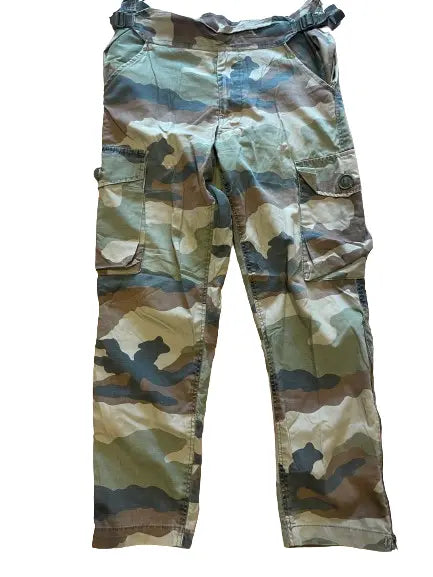
Pantalon Militaire Guerilla Cam Français
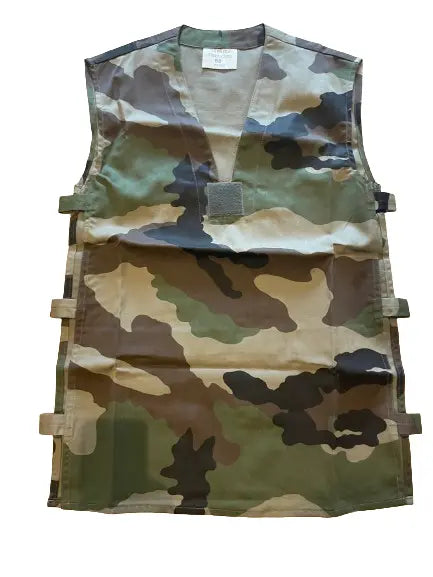
Chemise Militaire GAO
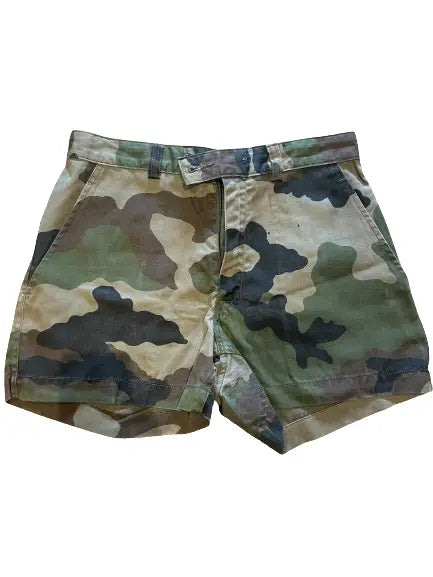
Short Militaire Cam Français
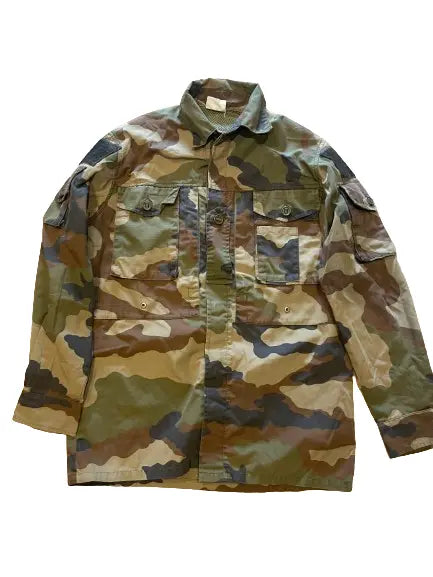
Veste Militaire Guerilla

Un arbre planté pour chaque article commandé 🌱
Partenaires d'Ecologi, nous finançons la plantation d'un arbre pour chaque article commandé. Nous pensons qu'il est important de réduire notre empreinte carbone due aux transports.
Les frais d'expédition sont gratuit (le coût peut varier selon l'emplacement). Le délai de livraison peut varier de 5 à 25 jours ouvrables, selon le fournisseur d'expédition.Cependant, si vous habitez outre mer (Canada), la livraison prendra entre 17 et 31 jours.
Notre politique dure 30 jours. Si 30 jours se sont écoulés depuis votre achat, nous ne pouvons
malheureusement pas vous offrir un remboursement ou un échange.
Pour être éligible à un retour, votre article doit être inutilisé et dans le même état que vous l'avez
reçu. Il doit également être dans l'emballage d'origine.
Plusieurs types de marchandises sont exemptés du retour. Les denrées périssables telles que la
nourriture, les fleurs, les journaux ou les magazines ne peuvent pas être retournées. Nous
n'acceptons pas non plus les produits intimes ou sanitaires, les matières dangereuses ou les liquidesou gaz inflammables.
Pour compléter votre retour, nous avons besoin d'un reçu ou d'une preuve d'achat.
Veuillez ne pas renvoyer votre achat au fabricant.
Tout article retourné plus de 30 jours après la livraison
Remboursements (le cas échéant)
Une fois votre retour reçu et inspecté, nous vous enverrons un courrier électronique pour vous
informer que nous avons reçu votre article retourné. Nous vous informerons également de
l'approbation ou du rejet de votre remboursement.
Si vous êtes approuvé, votre remboursement sera traité et un crédit sera automatiquement appliqué à votre carte de crédit ou à votre mode de paiement original, dans un certain nombre de jours.
Remboursement tardif ou manquant (le cas échéant)
Si vous n’avez pas encore reçu de remboursement, vérifiez d’abord votre compte bancaire.
Ensuite, contactez votre compagnie de carte de crédit, cela peut prendre un certain temps avant que votre remboursement ne soit officiellement publié.
Ensuite, contactez votre banque. Il y a souvent un délai de traitement avant que le remboursement
ne soit effectué.
Si vous avez fait tout cela et que vous n’avez toujours pas reçu votre remboursement, veuillez nous contacter à info@survie-shop.com .
Articles de vente (si applicable)
Seuls les articles à prix régulier peuvent être remboursés, malheureusement les articles en solde ne peuvent être remboursés.
Échanges (le cas échéant)
Nous ne remplaçons les articles que s'ils sont défectueux ou endommagés. Si vous avez besoin de l'échanger pour le même article, envoyez-nous un email à info@survie-shop.com et envoyez votre article à Survie Shop
Livraison
Pour retourner votre produit, vous devez envoyer votre produit à: Survie Shop
Vous serez responsable de payer vos propres frais de port pour le retour de votre article. Les frais de port ne sont pas remboursables. Si vous recevez un remboursement, les frais de retour seront
déduits de votre remboursement.
Selon l'endroit où vous vivez, le temps nécessaire pour que votre produit échangé vous parvienne peut varier.
Conformément aux dispositions de la loi n° 2004-575 du 21 juin 2004 pour la confiance en l'économie numérique, il est précisé aux utilisateurs du site SURVIE SHOP l'identité des différents intervenants dans le cadre de sa réalisation et de son suivi.
Edition du site
Le présent site, accessible à l’URL https://survie-shop.com/(le « Site »), est édité par :
Hébergement
Le Site est hébergé par la société Shopify Inc., situé Google LLC 1600 Amphitheatre Parkway Mountain View, CA 94043 USA, (contact téléphonique ou email : (+1) 650 253 0000).
Directeur de publication
Le Directeur de la publication du Site est Perez Fréderic
Nous contacter
email : info.survieshop@gmail.com
Données personnelles
Le traitement de vos données à caractère personnel est régi par notre Charte du respect de la vie privée, disponible depuis la section "Charte de Protection des Données Personnelles", conformément au Règlement Général sur la Protection des Données 2016/679 du 27 avril 2016 («RGPD»).
Paiement sécurisé
Par Carte Bancaire ou Paypal avec la technologie SSL.
Service client
Assistance par email 7j/7 avec réponse sous 24h.
1. Livraison
Combien de temps dure la livraison?
Le temps d'embarquer votre commande dans nos hélicoptères de combat et d'expédier le tout varie entre 24 et 48 heures.
La livraison en Europe dure entre 12 et 21 jours.
Cependant, si vous habitez outre mer (Canada), la livraison prendra entre 17 et 24 jours.
Combien coûte la livraison?
La livraison est entièrement gratuite. Il n'y a aucune quantité minimale exigée à ajouter à votre panier.
2. Survie Shop
Qu'est-ce-que c'est?
Avec 27 ans d'expérience au sein des forces spéciales et des commandos montagne, notre fondateur vous offre une expertise éprouvée sur le terrain. Chaque produit est soigneusement sélectionné pour sa qualité, sa fiabilité et sa capacité à vous soutenir dans les environnements les plus extrêmes.
Découvrez Survie Shop, la destination ultime pour les survivalistes avisés et les passionnés de trekking. Préparez-vous à affronter l'avenir avec confiance grâce à notre gamme complète d'équipements de survie soigneusement sélectionnés. Que vous recherchiez des outils pour vous préparer à l'effondrement potentiel de notre société ou que vous souhaitiez simplement explorer la nature sauvage lors de vos randonnées, Survie Shop a tout ce qu'il vous faut. Parcourez notre collection pour trouver des produits de qualité supérieure conçus pour résister aux conditions les plus extrêmes, et embarquez pour votre prochaine aventure en toute sérénité avec Survie Shop à vos côtés.
3. Commande
Où est ma commande?
Lorsque vous commandez un article, vous recevez un numéro de tracking vous permettant de suivre l'évolution de votre colis.
Ma commande est endommagée
Nous sommes désolé d'apprendre cela.
C'est pourquoi nous allons bien entendu vous rembourser ou directement vous renvoyer l'article.
Veuillez lire notre politique de retours et remboursements pour des informations plus détaillées.
J'ai reçu ma commande mais elle n'est pas complète
Pas d'inquiétude!
Pour des raisons de logistiques, nous stockons parfois nos produits dans différents entrepôts.
C'est pourquoi il se peut que le reste de votre commande arrive quelques jours après.
Pour plus d'informations, n'hésitez pas à nous contacter!
Comment commander un article?
Afin de faciliter l'expérience des utilisateurs, nous avons rendu notre site facile et intuitif.
Ainsi pour commander un article, il vous suffit de:
- Cliquer sur le produit désiré
- Cliquer sur "Ajouter au panier"
- Cliquer sur le panier en haut à droite de votre écran
- Compléter les informations de paiement et de livraison
4. Sécurité
Quelles moyens de paiement acceptez-vous?
Nous prenons soin de la sécurité de nos clients ainsi que de la confidentialité de leurs informations.
Nous acceptons :
Cartes de crédit
Cartes de débit
Vos coordonnées bancaires ou vos informations de carte de crédit ne nous seront en aucun cas communiquées. Tous les paiements sont protégés notre processeur de paiement Stripe ou Paypal crypté en 128-bit SSL.
5. Codes promos
Puis-je cumuler les codes de réduction?
Vous ne pouvez pas appliquer plusieurs codes de réduction à un produit. Qu'ils soient automatiques ou manuels.
Cependant, vous pouvez tout à fait appliquer un code de réduction à un article soldé ou en promotion.
Les conseils pour Survivre !!
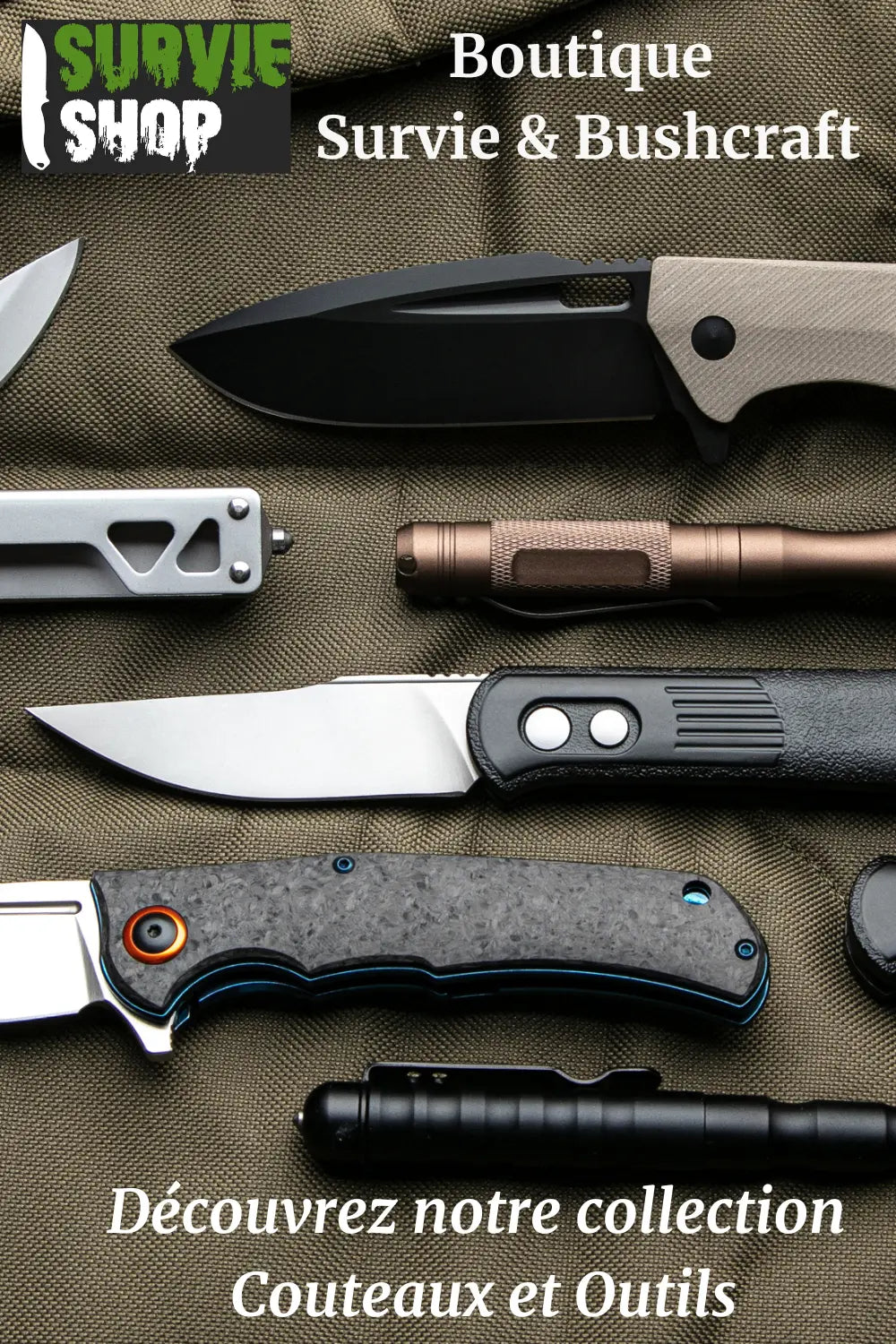
Comment choisir son couteau de survie : Guide complet
Avant de commencer à rechercher un couteau de survie, il est important de comprendre les différents types disponibles. Voici quelques-uns des types les plus courants!!!
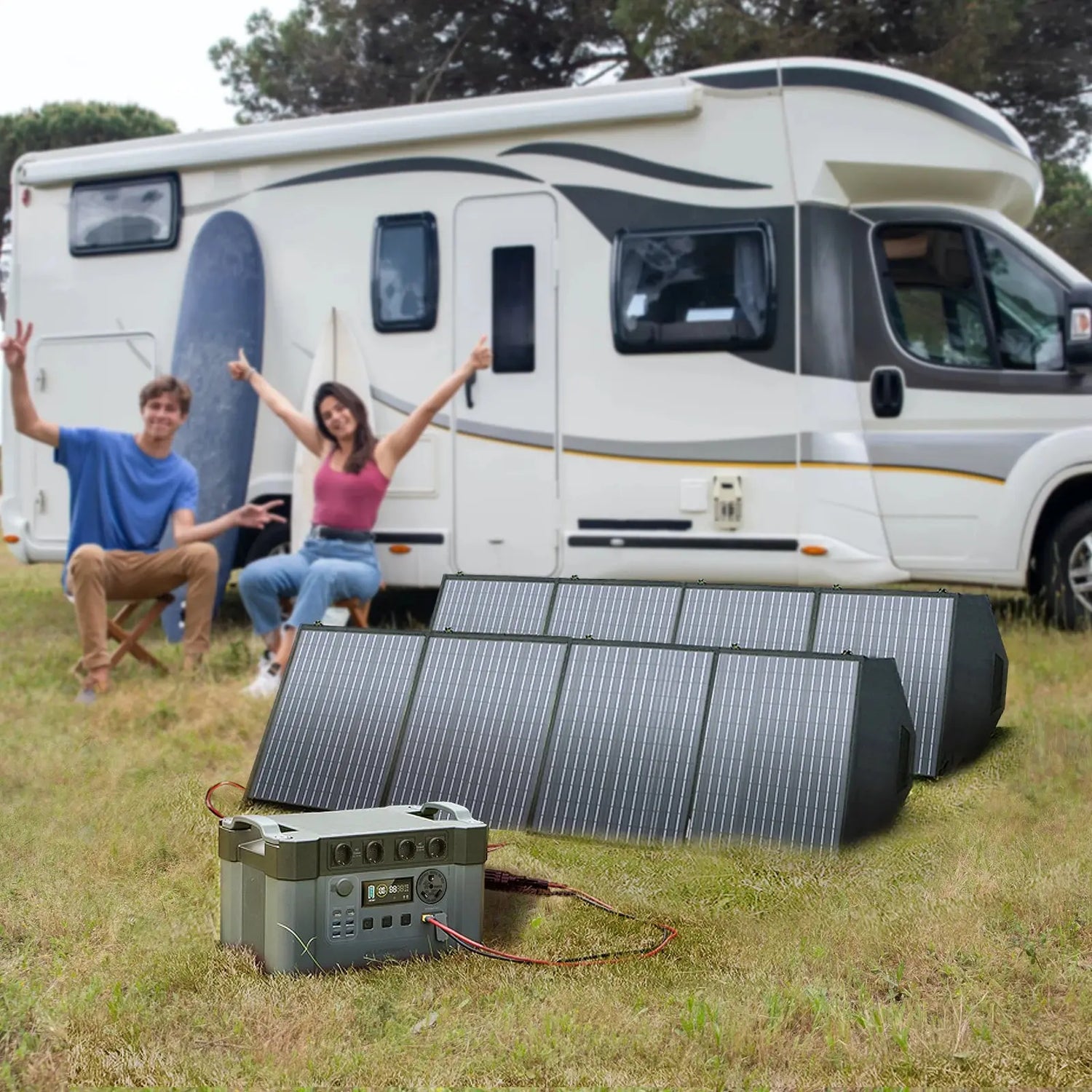
Station Portable de Stockage d'Énergie d'Urgence avec Panneau Solaire : Votre Solution pour l'Énergie en Plein Air
Vous êtes un passionné d'aventure en plein air ou un amateur de camping ? Peut-être êtes-vous simplement un prévoyant soucieux de toujours être prêt en cas d'urgence. Quel que soit votre profil, la Station Portable de Stockage d'Énergie d'Urgence 1500Wh avec Panneau Solaire est un équipement révolutionnaire que vous devez avoir dans votre arsenal.
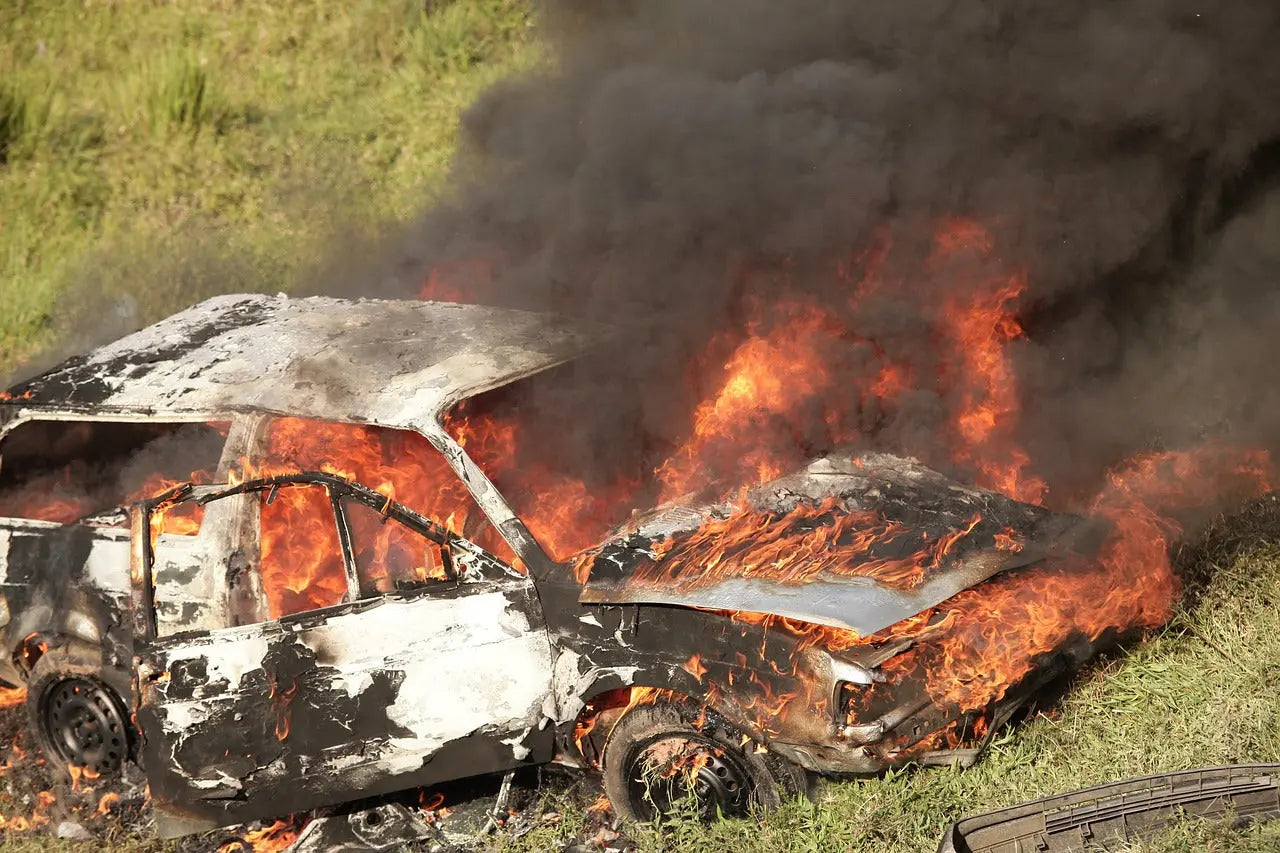
Guide de Préparation aux Situations d'Urgence pour les Familles : Conseils et Équipements Essentiels
Les situations d'urgence peuvent survenir à tout moment, et il est crucial pour les familles de se préparer adéquatement pour faire face à ces événements imprévus.

Guide de Construction d'un Abri de Survie en Forêt : Utilisation d'un Kit de Survie, d'un Couteau Bushcraft et d'une Pierre à Feu
Lorsque vous vous retrouvez en situation de survie en forêt, savoir construire un abri est essentiel. Suivez ce guide étape par étape pour utiliser efficacement votre kit de survie, votre couteau bushcraft et votre pierre à feu.

But in fact, what is an EDC?
Find out what an EDC is. As well as its composition with the material to take with you absolutely every day.
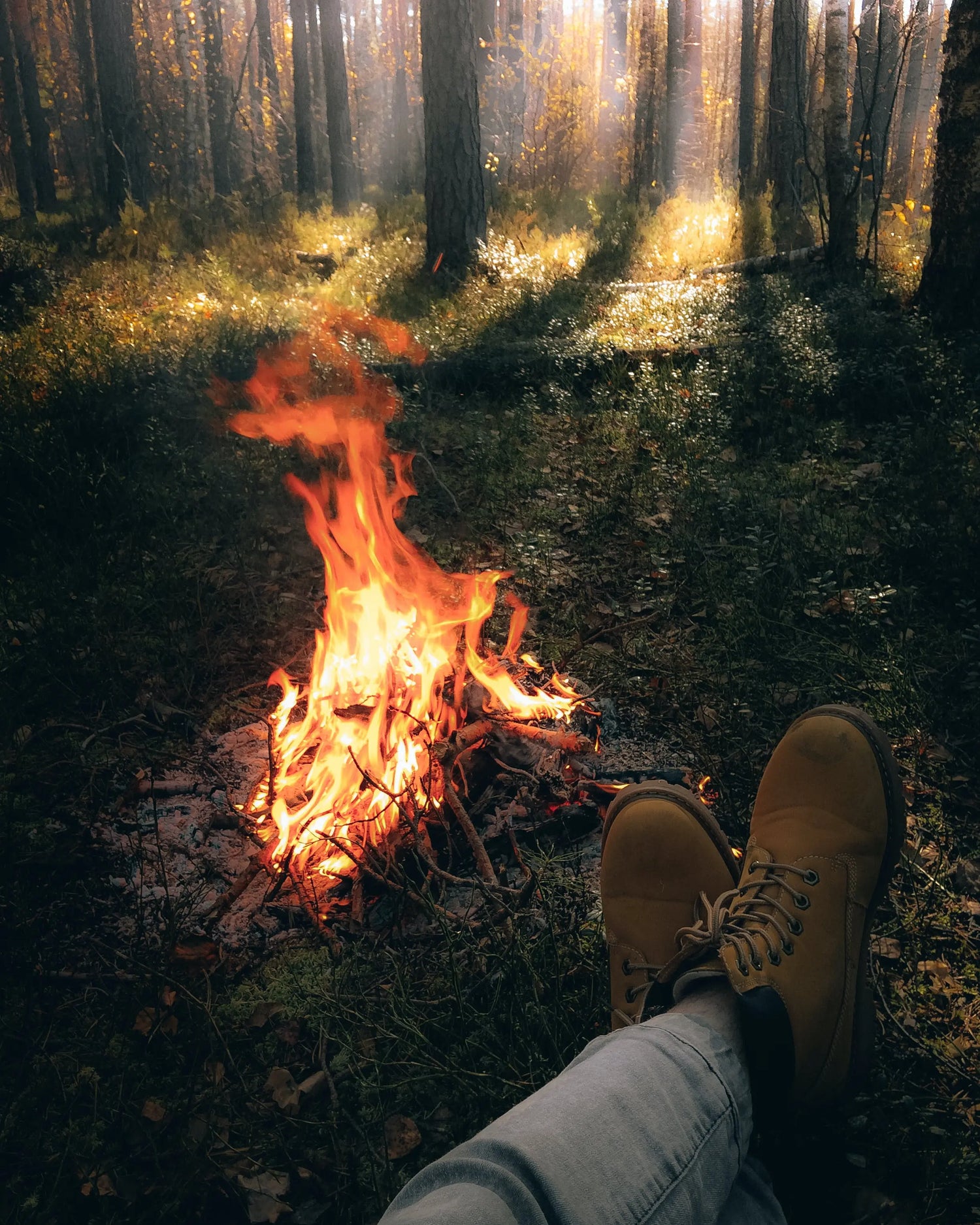
La Survie en Plein Air : Le Guide Ultime pour une Préparation Optimale avec Survie Shop
## Préparation : La Clé de la Survie et du TrekkingLa clé...

Guide de Survie en Milieu Urbain : Comment Faire Face aux Situations d'Urgence en Ville
Vivre en milieu urbain comporte ses propres défis, être préparé aux situations d'urgence est essentiel pour assurer sa sécurité. Dans cet article, nous explorerons les stratégies et les techniques de survie en milieu urbain.
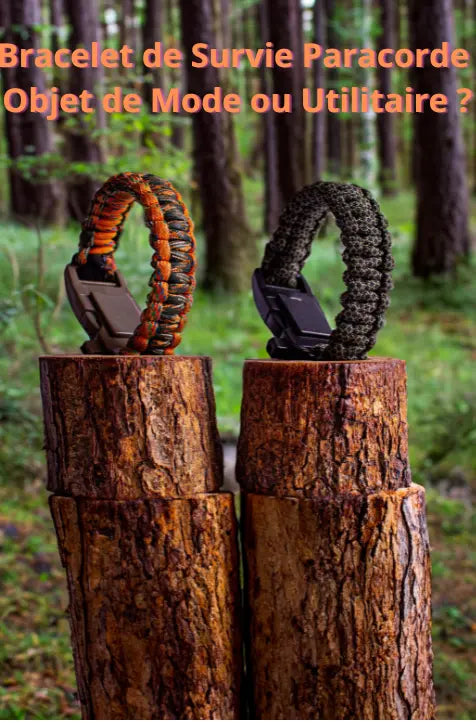
Bracelet de Survie Paracorde : Objet de Mode ou Utilitaire ?
Le Mariage de la Mode et de l'Utilité
Un Accessoire à la Mode : Les bracelets de survie en paracorde ont sans aucun doute un attrait esthétique. Disponibles dans une variété de couleurs et de motifs, ils ajoutent une touche de style décontracté à n'importe quelle tenue. De nombreux adeptes de la mode les portent comme des accessoires de tous les jours, sans même réaliser leur utilité cachée.

How To Use A Survival Blanket?
Getting warm should always be the first priority in any type of situation, survival or adventure. This is why the survival blanket is essential equipment. Find out how to use it wisely.
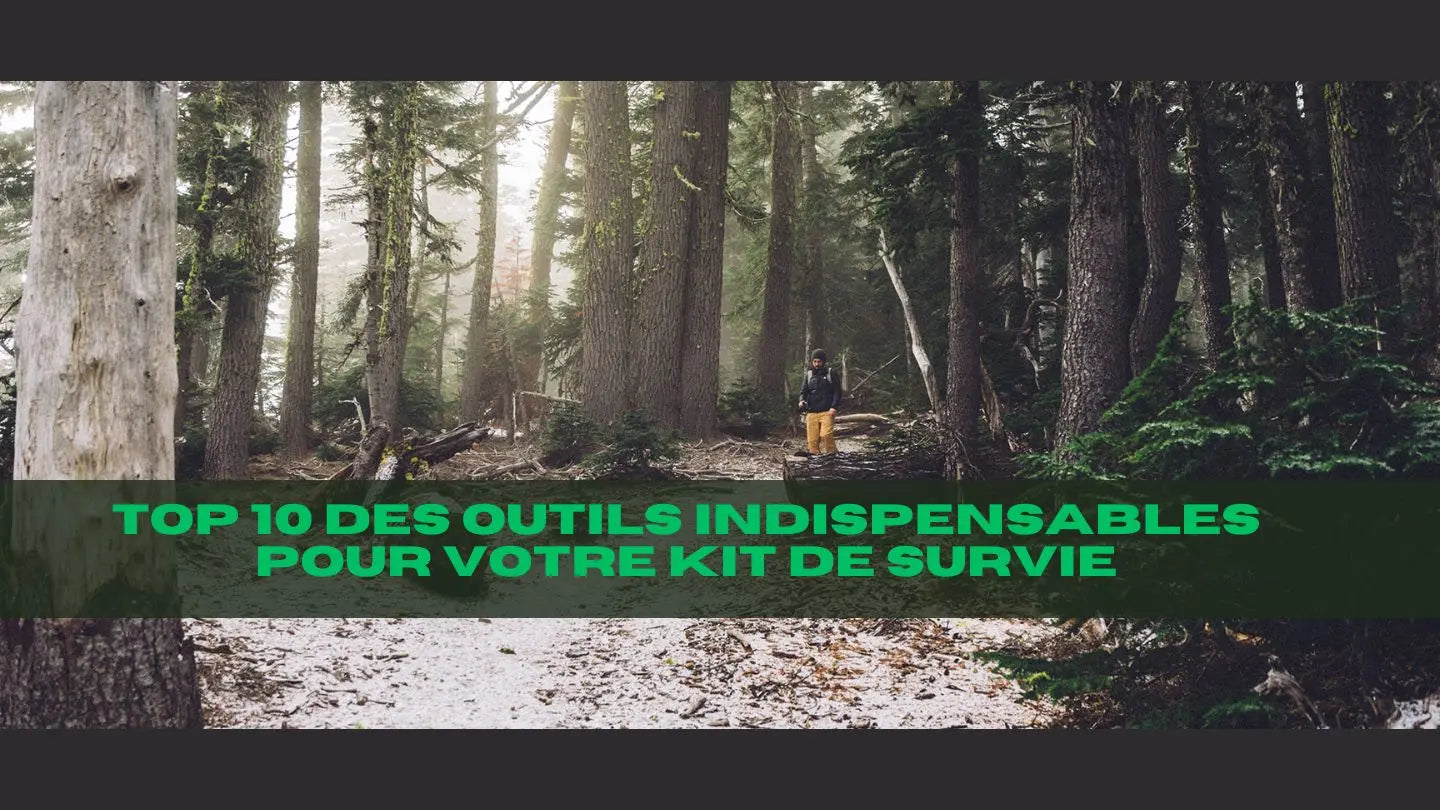
Top 10 des outils indispensables pour votre kit de survie
Lorsqu'il s'agit de préparation et de survie, il est essentiel d'avoir les bons outils à portée de main. Que vous soyez un aventurier chevronné ou simplement quelqu'un qui souhaite être prêt en cas d'urgence, un kit de survie bien équipé peut faire toute la différence.

Ville ou forêt : Quelle est la meilleure alternative de survie ?
Dans le grand débat entre la vie urbaine frénétique et la tranquillité de la nature sauvage, la question de la survie peut sembler être une préoccupation lointaine. Mais imaginez-vous dans une situation où vous devez choisir entre la jungle de béton de la ville ou le feuillage dense de la forêt pour assurer votre survie
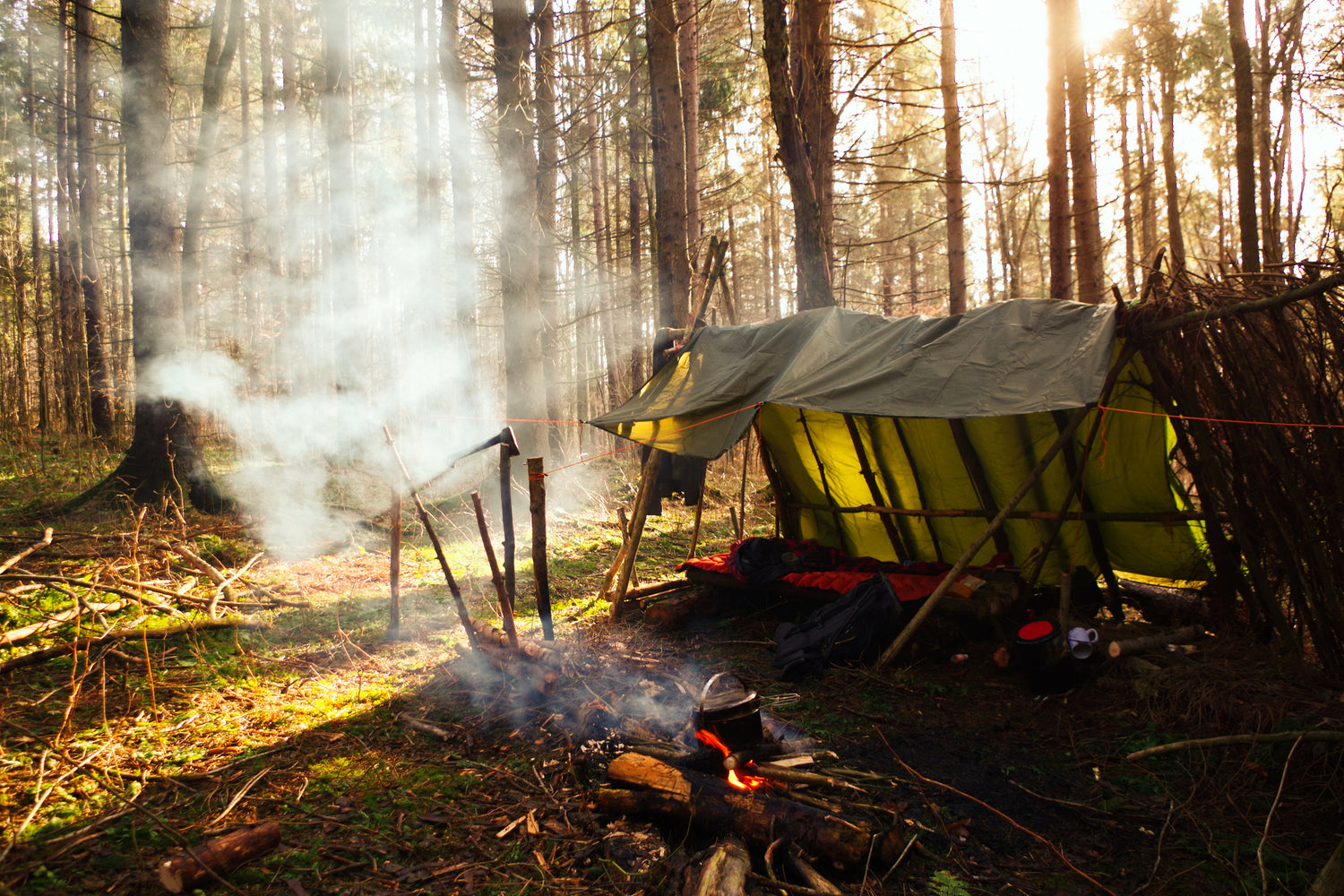
Notre Histoire
Survie Shop, basé dans les Aravis au cœur des Alpes, offre des équipements de survie de qualité, approuvés par des passionnés d'expéditions et de bushcraft depuis plus de 30 ans. Fondée en 2018, après 27 ans de service dans les forces spéciales et les Commandos Montagne, notre fondateur sélectionne les meilleurs équipements pour répondre aux besoins actuels en matière de survie. Testés sur le terrain et en opération à travers le monde, les équipements proposés par Survie Shop sont le fruit d'une sélection rigoureuse. Nous vous proposons une sélection exclusive d'équipements de survie.


